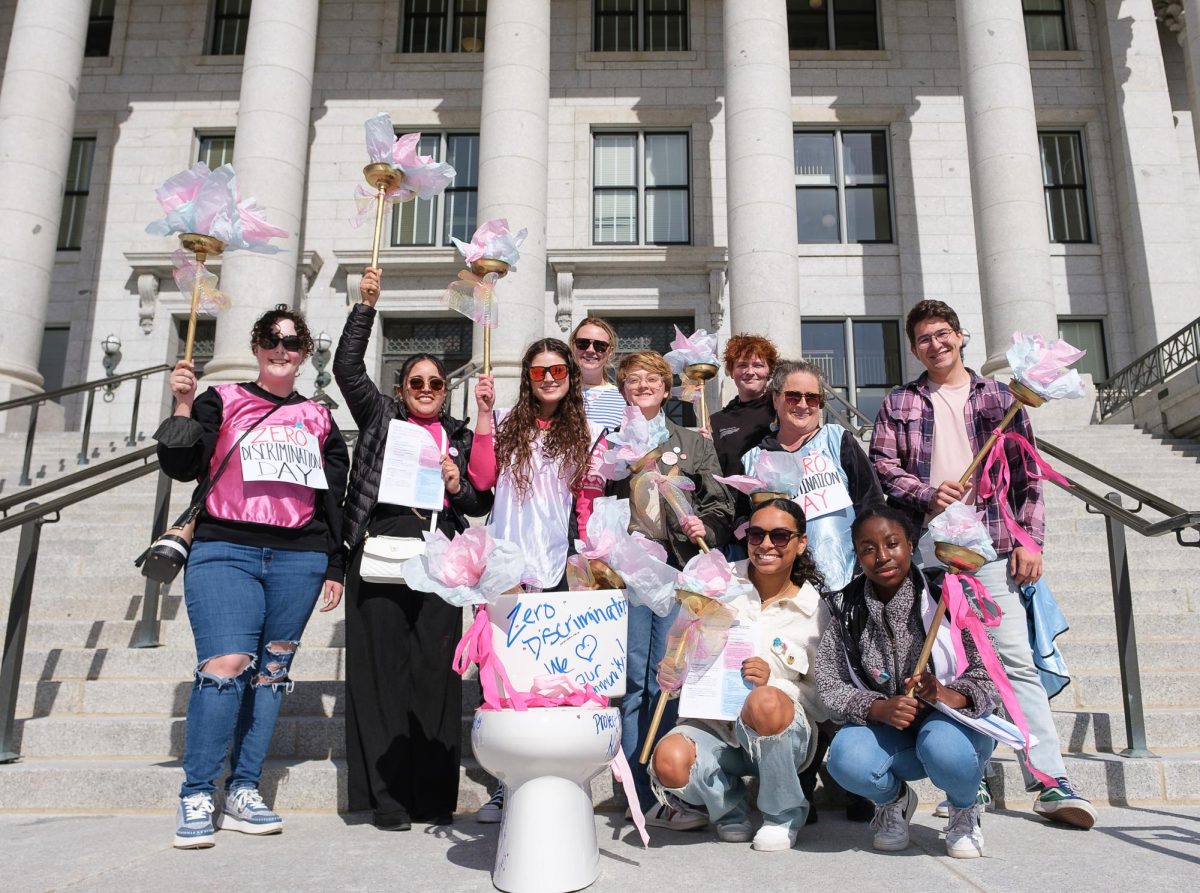
It’s finals week and the campus is empty — not of students, but of snow.
This December has been unusual in that regard. The United States Department of Agriculture reported that Utah’s overall precipitation is well below average for 2014. Most measurement points fall 50 percent below normal.
Derek Hodges, a senior in atmospheric science, said the lack of snow is caused by high pressure — an area with lots of atmospheric mass pressing onto the surface — in the west. Eastbound storms split at the high pressure area, “and some go north into Canada, and some go south, and basically that leaves us in between.”
This year’s precipitation corresponds to, but doesn’t prove or disprove, larger snowpack or temperature trends.
“You can’t tie an individual year as meaning everything, really,” Hodges said. “A couple years ago we had one of the biggest snowpacks on record, and before that one of the least. The big picture seems to be for an overall slow decline [in snowpack].”
According to a 2012 study conducted by the Utah Climate Center at Utah State University, average winter snowfall has declined nine percent in the last century. Increasing temperatures leave precipitation falling as rain, instead of snow. However, rain is expected Saturday, which could bring snow to the valley.
Decreased snowpack also has an effect on water supply. Most of Salt Lake City’s water comes from mountain reservoirs filled by snowpack, according to the journal Earth Interactions. But a U.S. Geological Survey study found that Utah’s water usage has increased seven percent since 2005. This makes Utah the “thirstiest state in the nation at 248 gallons per person per day,” according to a KUER news story.
Hodges doesn’t ski, so for him, the lesson to learn from a decreasing snowpack is water conservation.
“People should pay attention,” he said. “And if things don’t turn around people should be careful about their water usage.”
[email protected]
@SeymourSkimmer





















